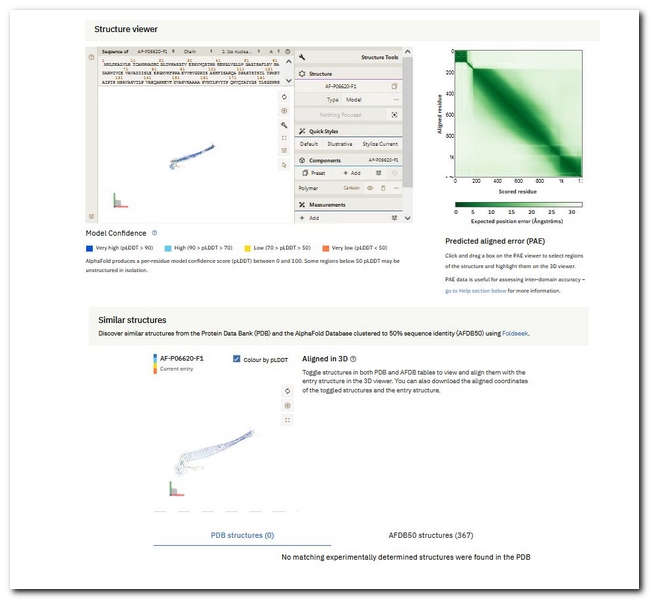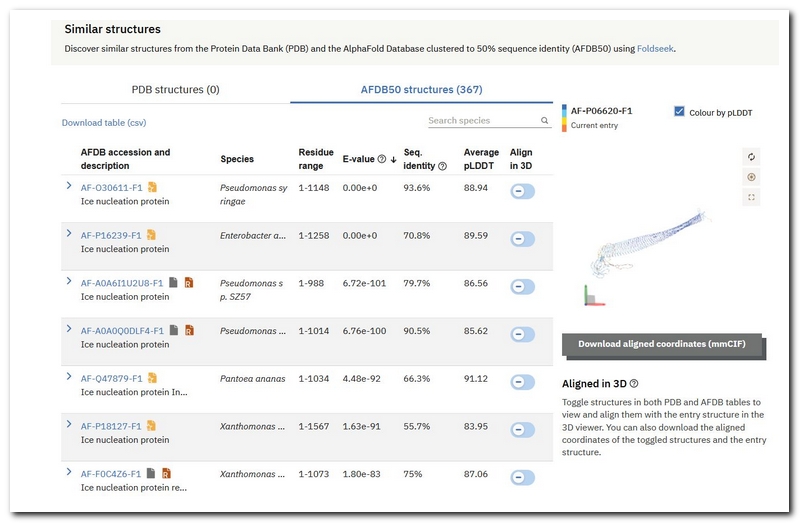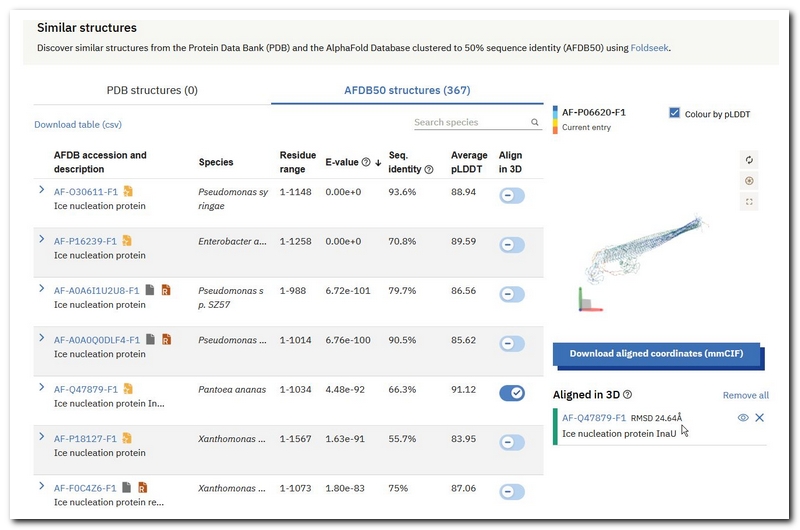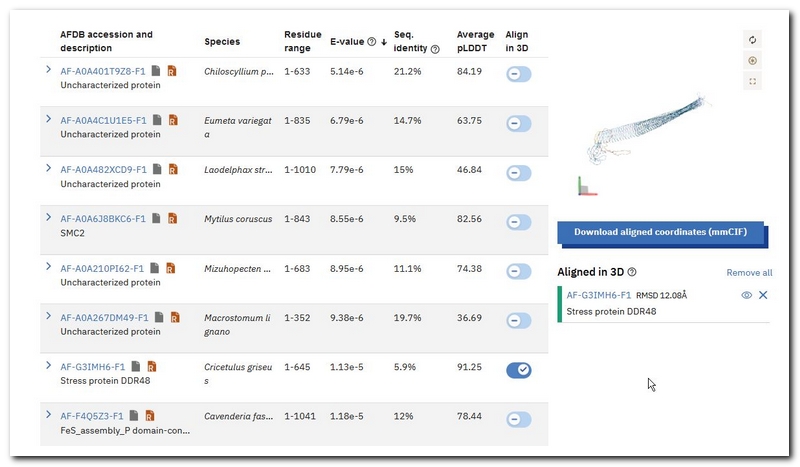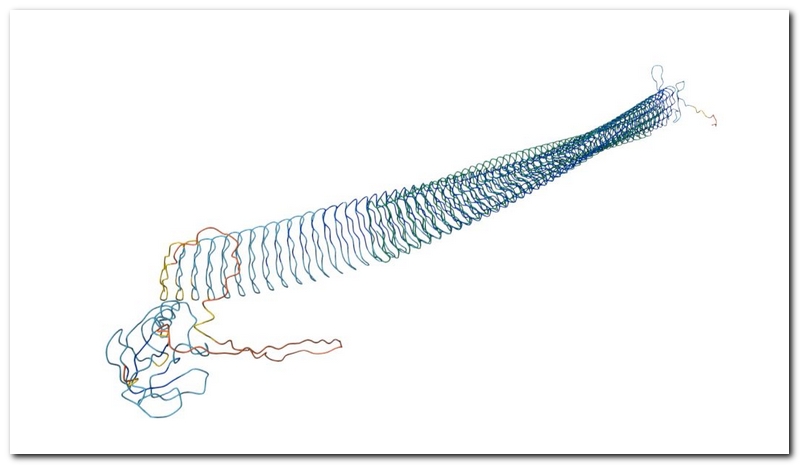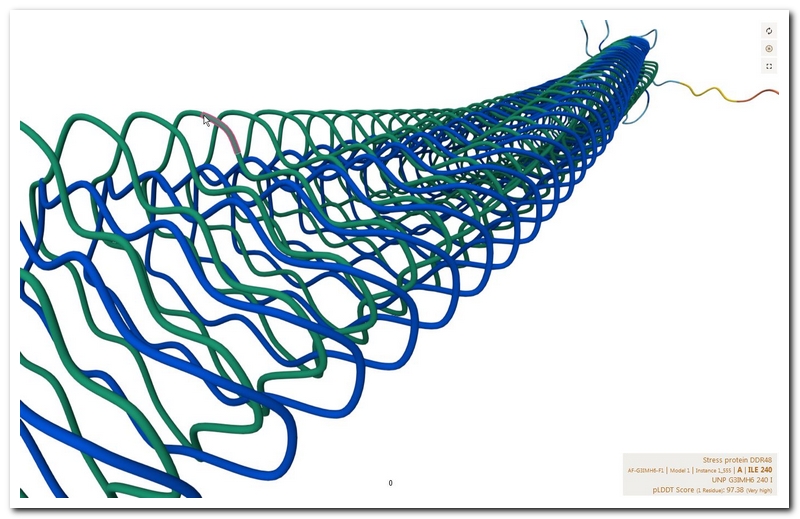今日9月22日はマイケル・ファラデー(Michael Faraday)の誕生日にあたります(1791年生まれ)。
科学版の「今日は何の日」のサイト Today in Science Historyにでているので興味のある方はご覧ください。
https://www.todayinsci.com/9/9_22.htm
このサイト https://todayinsci.com/は昔このブログで紹介したことがあります。 日を指定するとその日に生まれた科学者がわかります。また科学者の有名な言葉も調べることができるようになっています。
Faradayの有名な言葉として You will soon be able to tax it! というのがあります。ファラデーの実験についての説明を聞いた政治家が、それが何の役に立つのかと聞いたとき、ファラデーが『すぐにそれに税金をかけられるようになりますよ!』と答えたというエピソードで引用される言葉です。これはファラデーの書いたものにはない言葉で、こちらのサイトによると、
W.E.H. Lecky の Democracy and Liberty という本の序文にある次の文章で初めて世にでた言葉だそうです。この本の序文のGladstoneという政治家について語っている部分にある次の文章由来の言葉だそうです。
There were, it is true, wide tracts of knowledge with which he (Gladstoneのことです) had no sympathy. The whole great field of modem scientific discovery seemed out of his range. An intimate friend of Faraday once described to me how, when Faraday was endeavouring to explain to Gladstone and several others an important new discovery in science Gladstone’s only commentary was ” but, after all, what use is it ? “
‘Why, sir,’ replied Faraday,
‘ there is every probability that you will soon be able to tax it ! ‘
この序文はInternet Archiveで読めます。以下のリンクをご覧ください。ダウンロードも可能です。
Introduction to Democracy and Liberty
by Lecky, William Edward Hartpole, 1838-1903
https://archive.org/details/cu31924024864617
この文によると、科学における重要な新発見をGladstoneに説明しようとしていたとあるだけでそれが電気関係の発見なのか、電気分解の発見なのかあるいいは他の発見なのかについては全くわかりません。またGladstoneはファラデーの存命のときには首相ではなかったので、よく首相がたずねたという風に書いてあるものは間違いということになります。
ファラデーについてはロウソクの化学をはじめとするさまざまな本がネットでよめるので、このブログの過去記事を「ファラデー」や「Faraday」などのキーワードで検索してみてください。ファラデーの実験日記とか、書簡集とかいろんな本がダウンロードできることを紹介しています。
例えばこんな記事です。
マイケル・ファラデーの著作集がダウンロードできます―Faradayの日記(Faraday’s Diary)も全巻公開されました!
ファラデーの実験日記のダウンロードリンクも貼っておきます。全5巻 3272ページのpdfがダウンロードできます。
https://archive.org/details/diary182061/Diary%201820-61/
最後に国立国会図書館のデジタルコレクションでもファラデー関係の本がいろいろ読めます。たとえばこちらから検索してみてください。
https://ndlsearch.ndl.go.jp/search?cs=bib&display=panel&from=0&size=20&sort=published:desc&keyword=%E3%83%95%E3%82%A1%E3%83%A9%E3%83%87%E3%83%BC&f-ht=internet&f-mt=dtbook

